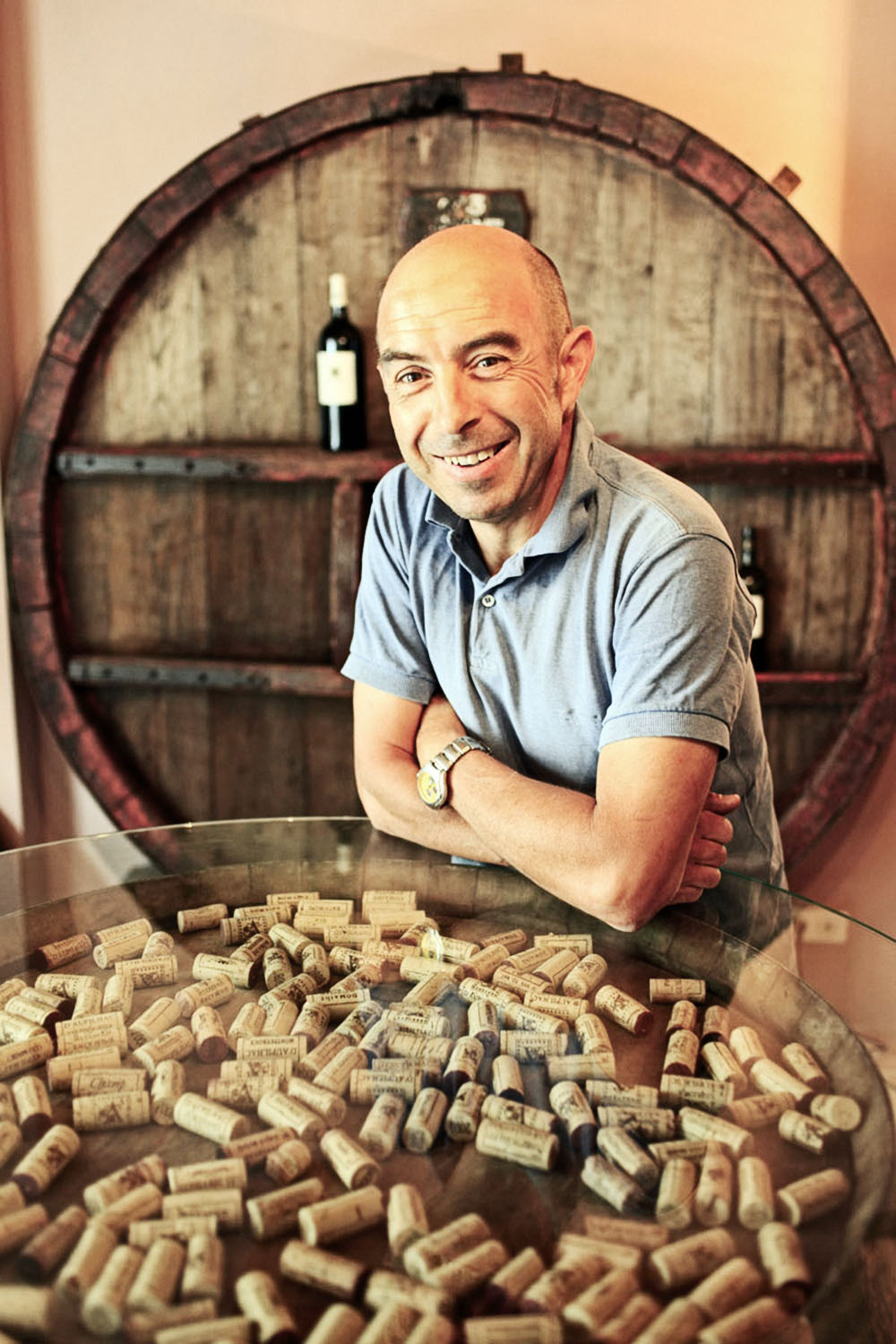Near the historic village of Saint-Guilhem-le-Désert lies the small town of Montpeyroux. Located in the heart of the Terrasses du Larzac wine region, in the south of France, this village has a long tradition of making wine. Every third Sunday of April, the villagers celebrate this heritage during the “Toutes Caves Ouvertes” (Open Cellars) day. It’s an ideal opportunity to meet the winemakers and taste their wines, including older vintages in some cases, while listening to the sounds of the local marching band.
Montpeyroux’s winemaking tradition is exemplified by CastelBarry, a local cooperative founded in 1950. It still plays an important role today, but many growers have chosen to go their own way. For instance, Aimé Commeyras grew up in the village and had big ambitions for his Domaine de l’Aiguelière. He succeeded when his 1995 wines received top scores from the very influential Wine Advocate. Legend says this single event gave Montpeyroux its spot on the worldwide wine map. Sales boomed immediately afterwards but the domaine has declined since the death of Commeyras. However, his brother Auguste took over a few years ago and he is attempting a comeback.
Today, the most recognized name from Montpeyroux is probably Sylvain Fadat and his Domaine d’Aupilhac. Fadat started very small in 1989, but has been expanding his facilities and vineyard ever since. In 1998, he acquired a long abandoned plot called Les Cocalières where he grows Syrah, Mourvèdre and Grenache to make an eponymous cuvée. A white version is made from Roussane, Marsanne, Rolle and Grenache Blanc. Fadat’s 11 wines are all made under biodynamic viticulture; they have structure and depth, with many worth cellaring.
Another name that counts is Alain Chabanon, a dedicated, sympathetic fellow who describes himself as a hardheaded man. When his importer in Canada wanted big scores and reviews to help boost sales, he refused and started looking for another importer! He wants his wines to be “what they should be” and not what some critics may prefer. Also a believer in biodynamics, he is currently completing the construction of a new underground cellar to mature his nine wines under the best conditions.
Domaine Saint Andrieu’s Charles Giner may be an old man but his eyes still have the spark of youth. His daughter Anne, who has taken over the everyday tasks from her father, is pursuing the family traditions of making “lighter” wines (Giner’s own term) and of producing very low yields under organic viticulture. The wines are fresh and spicy, even when the climate could easily result in overripeness and heaviness. And they can age: Giner’s 1999 and 2001 vintages are holding surprisingly well.
Villa Dondona’s André Suquet is an original character. His winery is in an ancient hospital for pilgrims on their way to Santiago de Compostela (he is a retired physician, so there is a connection). But his originality best expresses itself in his trellising system for Vermentino: he uses pergolas, an ancient system where the vines are allowed to grow high enough to form a ceiling between rows, thus providing shade “that preserves freshness and acidity,” he claims. There are some counterarguments, though, and this system is largely abandoned today. I tasted Suquet’s Espérel (based on Vermentino plus Roussanne, Marsanne and Grenache Blanc), and to his credit, it makes an enjoyable, light and crisp aperitif.
Finally, Domaine du Joncas is a small estate of only five hectares run by Pascal Dalier, a passionate man (“passion” seems to be his preferred word, he uses it a lot!). Yet another biodynamics fan, his wines are a pure expression of the grapes and the terroir. Of special note is his Riesling, a rarity in the area, as astonishing as it is surprising with its floral and exotic fruit notes.

